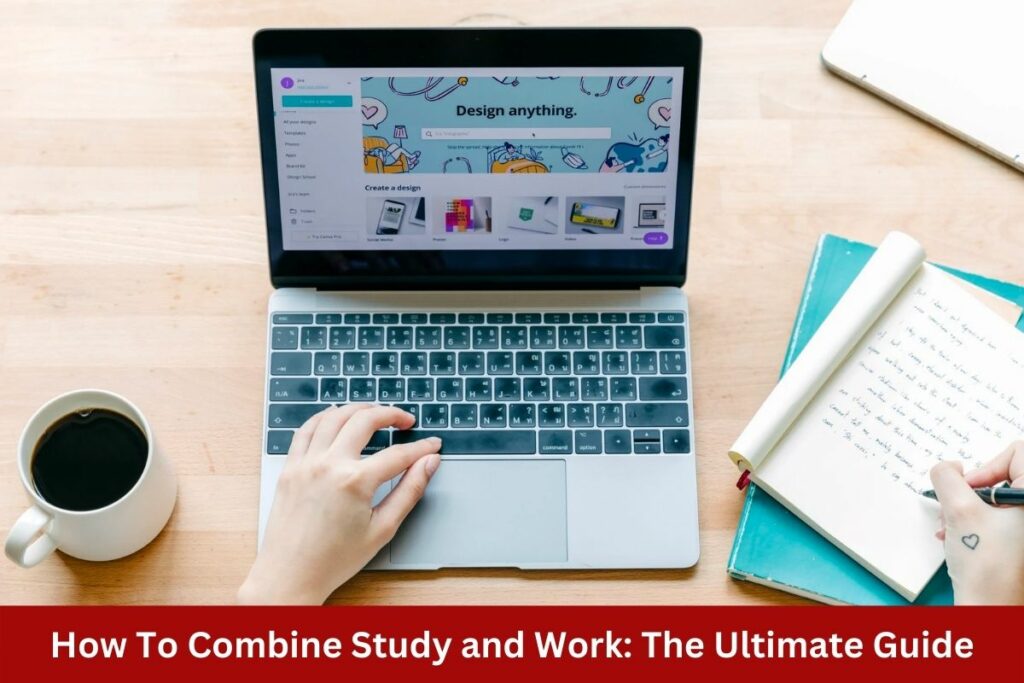6 Rules on How To Combine Study and Work and Manage Everything
Sooner or later most students find themselves faced with the need to combine study with work or a favorite hobby. However, not everyone manages to plan their time properly to cope with several tasks at once. The experienced writers of the Cheappaperwriting company will give you some tips on how to learn to manage everything.
Tip #1: Form the right habits
Most of what we do throughout the day is our usual activities. The brain tends to conserve energy, and we repeat many things almost on automatic. So how can we form useful habits that will help us spend the day in a more fulfilling way?
Time
Set aside time in your schedule for your healthy habit (running in the morning, squats in the evening, a bowl of salad at lunch). Forever procrastinating for later comes from not having a specific allotted time.
Preparation
Don’t scare your body into making sudden changes. When planning to run in the morning, put your running shoes and uniform next to your bed before going to bed, not your bathrobe.
Moderation
Don’t add more than one habit a week. If you throw yourself into the “new life from Monday,” there’s a good chance that you’ll give up that new life by the next Monday.
Patience
There’s no need for adolescent maximalism. Start with microdoses of new habits in your life. Want to introduce sports into your life? Start with a light morning warm-up, and gradually add lunges, squats, and push-ups. Before you know it, you’ll be at the gym.
The law of motivation is like a pendulum. If you have a strong desire to change your life under the influence of inspiration, and you turn around 180 degrees, it is likely that after some time your motivation will also fall sharply to negative values. This often happens with people who are doing quite well: just at some point, they “pump themselves up” with motivation, pile on projects, and then life and mood plummet, sometimes along with their health.
Tip #2: Get enough sleep
Perhaps the main advice for all time. It’s better to sacrifice a few hours on social media and fall asleep between 10 p.m. and midnight so you can get up early in the morning to do all the unfinished business. If you want the information you remember to move from your short-term memory to your long-term memory, you need sleep – it’s absorbed while you sleep.
Tip #3: Regularity and frequency
If you took up learning something new, it is better to dedicate 15 minutes every day than to spend a few hours once a week. This is especially true for learning a foreign language: daily practice of 15-20 minutes will help you form a habit. The result will not be long in coming.
Tip #4: Plan your day in writing
Write it down not to remember, but to forget. By writing down the tasks that need to be done in the morning, you no longer have to hold them in your head. First, you increase your responsibility by giving yourself some commitment. Second, you will immediately see possible problems and inconsistencies by comparing current tasks in your planner or app. In addition, you will relieve your brain and get rid of the burdensome feeling that you have a myriad of tasks to do.
This is where Dan Allen’s methodology – Getting things done – can help. According to it, all tasks should be divided into three categories. If it can be done in a minute, do it right away. If the case can not be completed in a minute, but it needs to be done, set aside a specific time for it. Allow yourself not to think about it until the specified time of completion.
Tip #5: Multitasking is a myth
There are no people who multitask at the same time: they simply switch quickly between several tasks. Switching consumes a person’s time and energy. Therefore, if we talk about combining work and study, it is better to separate them from each other.
When you plan your day in the morning, think objectively about how much time homework and the next part of an important project can take. Sometimes it is not three hours “with plenty” at all, but only 30 minutes. This way, the time spent will adjust to the deadlines you have set for yourself.
This is where the Pomodoro technique comes in handy. We set a timer for 20 minutes, and in these 20 minutes, we are fully immersed in the task. Triggered timer for a break – completely switched to the rest. After 3-5 minutes, we set the timer again and switch to work.
Tip #6: Prioritize correctly
Apply ABC-analysis. ABC analysis is a tool that helps you prioritize your tasks so that you can get the most important things done first. By using ABC analysis, you can avoid spending too much time on routine tasks and instead focus on activities that will have a greater impact.
- A – the thing is crucial, I can do it only myself and soon;
- B – the thing is important, but I can delegate it to a colleague or do it later;
- C – it is easy to delegate it or do it quickly.
The rule of thumb is as follows: do not start the B-tasks until you have completed all the A-tasks in the morning. According to the principle of the expert Brian Tracy, “eat the frog first” in the morning so as not to ruin your whole day. For example, if you have paperwork to do, get it done early so you don’t go crazy during the day.
